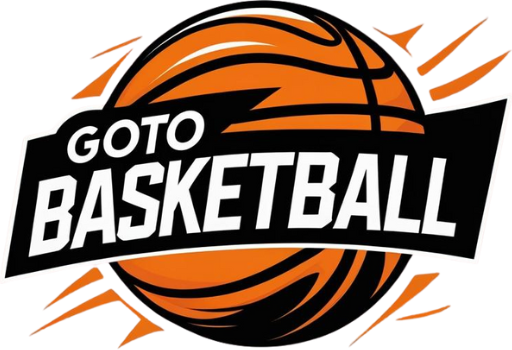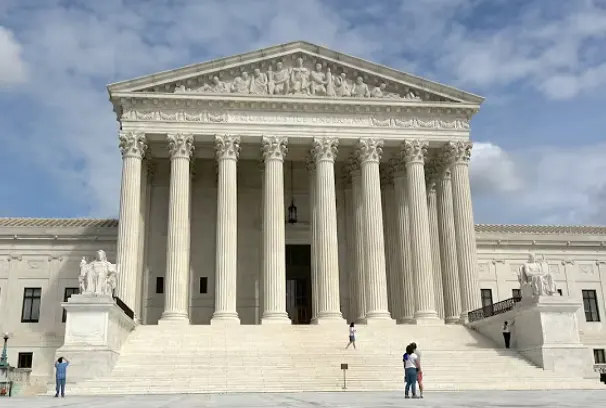The “student-athlete” has been the cornerstone of college sports over decades: the descriptions of student-athletes were united and their values were clear. It was a word that had associations of amateurism, school spirit and love of the game. Under the brash spectators and the jubilation of the March Madness, there lay the multi-billion dollar enterprise with all being like corn as long as the stars who attracted the crowd were the real men behind the brash crowd magnifying the sport of basketball.
On July 1, 2021, all this started to collapse. After a landmark Supreme Court ruling that against NCAA in NCAA v., The model of amateurism practiced by the NCAA finally collapsed and, the gates of Name, Image, and Likeness (NIL) compensation were finally opened. Sooner than you can say boo, college athletes were now able to receive pay in the form of endorsements and autograph signings as well as through their social media presence.
Instead, what was left was not an organized new system, but a wild, unrestrained frontier. A hodgepodge of disparate state laws contributed to this mess of confusion, both in schools and to athletes and the tide has turned to money flooding the hands of recruits, in what many call pay-for-plays in disguise as NIL. Up to this mess comes a strong and frequently stalled umpire: the Congress of the United States.
The latest and most serious attempt to establish one uniform and national standard regarding NIL is embodied in a new set of rules, a bi-partisan bill introduced by Republican Senator Ted Cruz (Texas) and Democratic Senator Cory Booker (New Jersey). This is not only a policy issue, but a high stakes fight over the nature of college athletics, the correct balance between tradition and fairness, interstate rivalries and the NCAA agenda of control versus the human right of economic freedom of the athletes.
From Amateurism to Anarchy: The Road to NIL
To grasp the reason Congress has stepped in, you have to know how it got here. The n.c.a.a.’s amateurism construct had been attacked as exploitative for years. Universities, conferences and the NCAA itself were raking in billions from televisión contracts, merchandise and ticket sales all based on the labor of young men and women who were not allowed to reap a single dollar from their very own fame.
The fissures started to appear. Ed O’Bannon, victorious lawsuit in 2014, attacked the NCAA using the image of the athlete in video games. Californian legislation, the “Fair Pay to Play Act”, which was signed in 2019, neighbouring any disruption through going as far as expense college ball players in California, pushing the NCAA’s advantage.
When the Supreme Court unanimously ruled against the NCAA in 2021, Justice Brett Kavanaugh penned a blistering concurring opinion that sealed the old model’s fate: “The NCAA is not above the law,” he wrote, and its business model would be “flatly illegal in almost any other industry in America.” (Source: Supreme Court of the United States, NCAA v. Alston)
The NCAA, fearing an even worse outcome, threw up its hands and adopted a temporary, hands-off policy, allowing NIL but providing no unified framework. The result was instant chaos.
The Wild West: Why the NCAA is Begging for a Rulebook
The existing state of affairs regarding NIL is in a shambles. A star quarterback in California is able to operate under a given set of laws in the state as opposed to a top recruit in Alabama who will operate under a different set of laws in Alabama. States are in an arms race to repeal and re-write their NIL regulations to make them more permissive as a way of giving their schools competitive recruiting leverage.
The most serious problem is the emergence of a “collectives”-club-driven groups that will contribute to the possibility of providing an NIL contract to an athlete in a particular school. Most of these arrangements are legitimate endorsements, but some are also thinsly-disguised form of recruiting inducements as the player is given a lot of money to sign with an institution.
“The number one thing we’re trying to fix is the chaos in recruiting,” Senator Ted Cruz stated in a recent hearing. “We have a system right now that is not working for anyone.” (Source: CNBC, Senate NIL Hearing)
The NCAA, once a staunch defender of amateurism, is now pleading with Congress for help. They want a federal law that would preempt all state laws, creating one set of rules for everyone. They are also desperately seeking an antitrust exemption, which would protect them from the endless lawsuits that have chipped away at their authority for years.
The Congressional Playbook: What’s in the New Bill?
The proposed legislation from Senators Cruz and Booker aims to be a compromise. While the final text is still being negotiated, the framework includes several key provisions:
-
National Standardization: The bill would create a single, federal law governing NIL, overriding the patchwork of state laws. This is the NCAA’s top priority.
-
An Antitrust Shield: It would grant the NCAA limited protection from lawsuits challenging its rules, a controversial provision that worries athlete advocates.
-
Enforcement Power: It would likely establish a governing body, perhaps a new federal agency or a designated office within the Department of Commerce, to oversee and enforce NIL rules.
-
Healthcare and Educational Benefits: Many proposals, including those supported by Senator Booker, include mandates for schools to provide improved medical coverage, scholarship extensions, and even revenue-sharing models for athletes.
The challenge is threading the needle between giving the NCAA the stability it craves while ensuring athletes are not stripped of the hard-won rights they just gained.
The Competing Interests: Who Wins and Who Loses?
This debate is a tug-of-war between powerful interests, with the athletes often caught in the middle.
-
The NCAA and Universities: They want clarity, control, and protection from lawsuits. Their nightmare is being classified as employers of athletes, which would force them to pay salaries and could dismantle the collegiate model entirely.
-
Athletes and Advocates: Groups like the National College Players Association (NCPA) are wary of any federal law that rolls back athlete rights. They fear a federal standard could be used to restrict, rather than expand, earning potential and could prevent athletes from being deemed employees.
-
Boosters and Collectives: Their influence could be significantly curtailed by new regulations that define what constitutes a “true” NIL deal versus a recruiting inducement.
“The danger is that Congress, in its effort to ‘save’ college sports, sides with the institutions and takes away the rights athletes have just won,” said Ramogi Huma, a former UCLA linebacker and founder of the NCPA. (Source: NCPA Official Statement)
The Human Element: Beyond the Billions
Lost in its legal and political games are the thousands of young men and women at the centre. NIL is a life changer to them and not an abstract concept.
It is the girl who can afford to pay her rent because, unlike a part-time job to spend time training, she does not have to take a part-time job. It is the offensive lineman with parents who do not make a lot of money and can use those funds to visit him at his games. It is the volleyball player creating their personal brand to have a post-athletic career.
A national standard would be stable and athletes are safeguarded against unscrupulous characters and exploitive bargains. By writing in a bad way, it could also close the door of opportunity that has been opened.
The Final Buzzer: An Uncertain Future
It is an uphill journey to any federal NIL law. Congress is infamously divided and is difficult to reach a consensus on a matter as complicated as this. Time is also running out, as election seasons and other priorities in the legislative fields would always threaten to obscure the issue.
Never has there been more pressure to act, however. College sports are in a crisis with respect to their very structure. The Cruz-Booker bill is one that is full of hope that a middle ground can be reached, which offers a unified framework to a national front, all the while protecting the economic rights of the athletes.
The result of this political game will not only run recruiting regulations in college athletics; it will shape the 21 st century of college athletics. Will it be a system that at long last acknowledges the worth of the athletes themselves, or one that manages to find tools to retain power? Congress now has a deadline and all of sport is paying attention.





